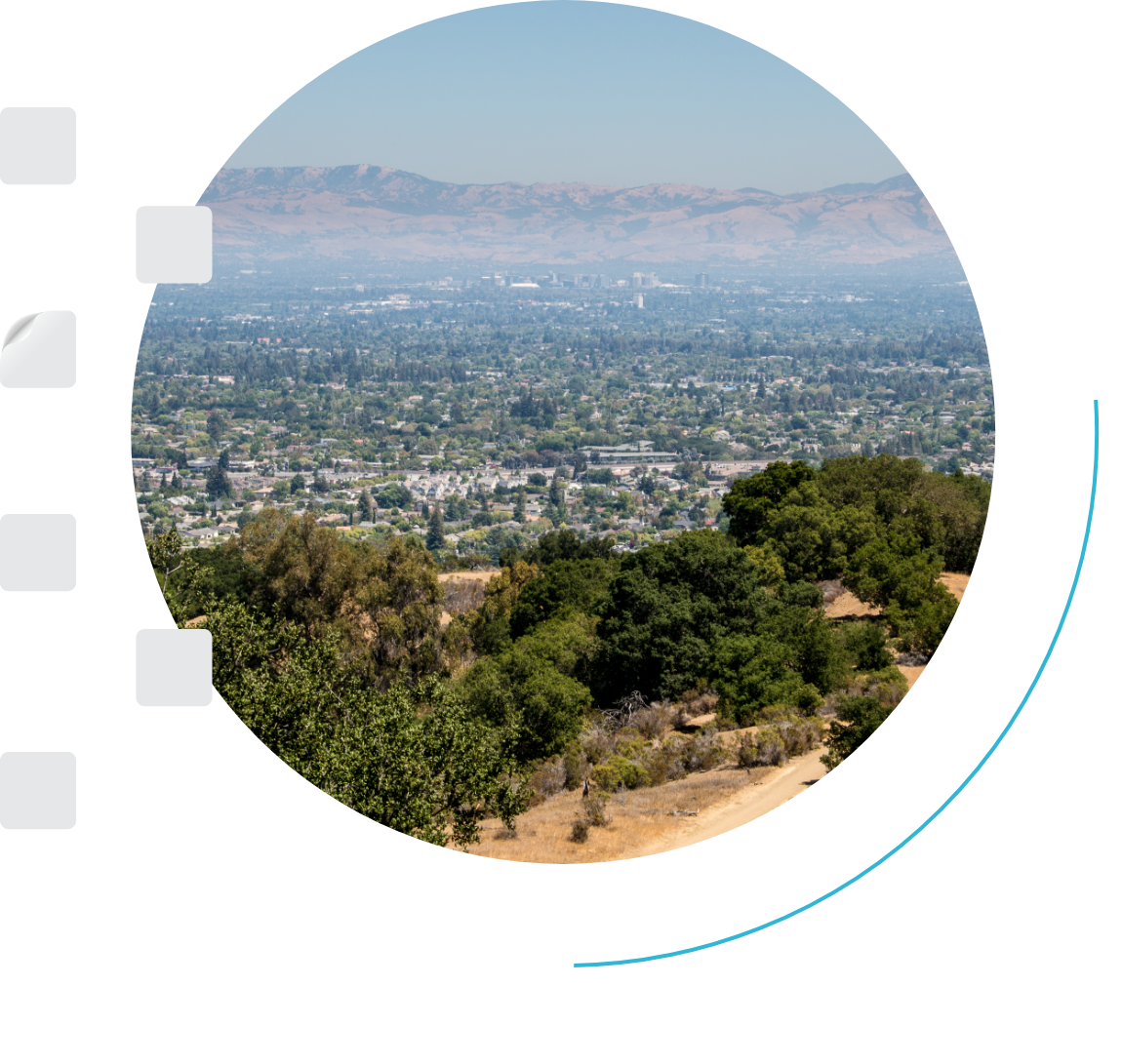City of Sunnyvale, CA, USA
Design Guidelines for Bird-Safe Buildings (Voluntary)
- These guidelines attempt to consider multiple projects and solutions to challenges imposed by each of them, with the goal to:
- “maximize readily visible differentiations of material, texture, color, opacity or other features to fragment glass reflections and reduce overall transparency from ground level to 60 feet up, including the possible use of etched, fritted and opaque-patterned glass.”
- Designs should favour low-reflective materials, glazing, and angles that reduce reflections, i.e. transparent walls that merge together, glass on rooftops, greenery or foliage inside buildings, and spotlights.
- “maximize readily visible differentiations of material, texture, color, opacity or other features to fragment glass reflections and reduce overall transparency from ground level to 60 feet up, including the possible use of etched, fritted and opaque-patterned glass.”
- The Planning Commission recommended that the City work with other environmental groups to monitor design effectiveness to further develop programs and solutions.

Canada
National
- CSA A460:19 Bird Friendly Design Standard
Provincial
Municipal
ALBERTA
BRITISH COLUMBIA
- Victoria

United States
National
The Bird-Safe Buildings Act (2019)
3.6.7 Bird-Safe Buildings Design
Pilot Credit 55, LEED v4.1 Bird Collision Deterrence
State
- B3 Tools and Programs
- Bird-Safe Building Guidelines
- Green Building Standards Code
- Bird-Safe State Buildings Bill HB0247
- Senate Bill 314: Maryland Sustainable Buildings Act of 2019
- The Bird-Friendly Buildings Act Bill S4204A